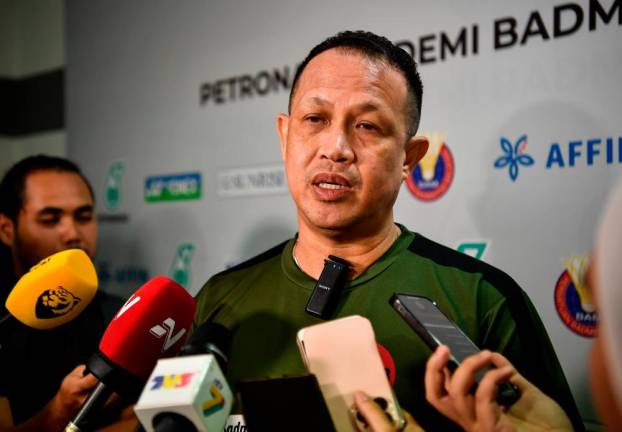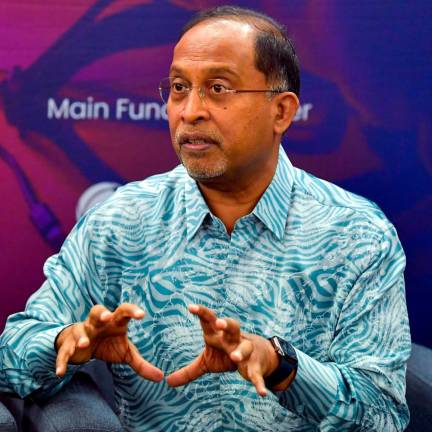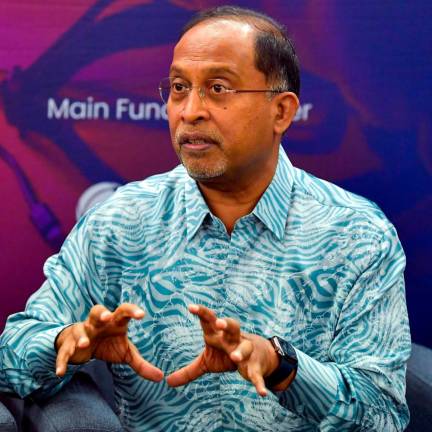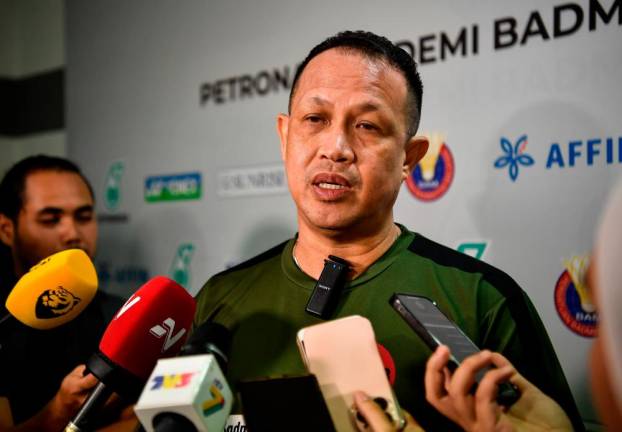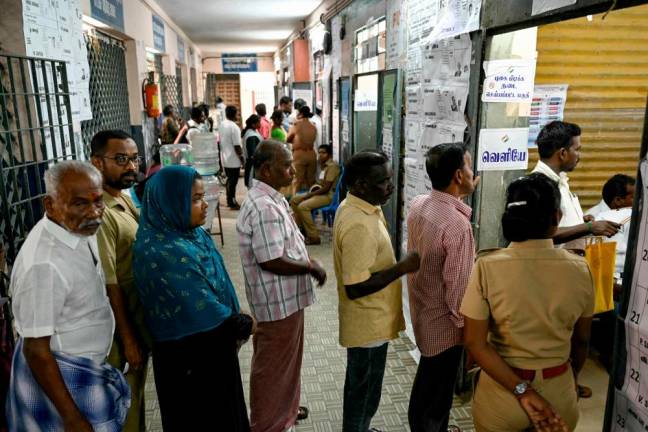LAST week, three friends and I visited several areas in Tamil Nadu – more than 50 years after I first journeyed to India with my parents and younger sister, Siok Lee. Spread over two weeks, the April 1968 trip spanned the length of the subcontinent and encapsulated some of the country’s historic and architecturally awesome sights.
These included the 7th-8th century coastal temples of Mahabalipuram south of Madras (now known as Chennai), the imposing Red Fort in New Delhi, the stunning Mughal architecture of Emperor Akbar’s capital and palaces in Fatehpur Sikri, the iconic Taj Mahal and the beauteous pollution-free Srinagar, Kashmir.
Although my visit to Tamil Nadu last week coincided with the tail-end of India’s general election, my focus was non-political – to see hybrid coconut palms and to understand economic development in Tamil Nadu, one of India’s industrial powerhouses.
Despite a fleeting tour of Madurai, Pullachi and Tiruchirapally (better known as Trichy), the journey to Tamil Nadu’s urban centres was thought-provoking.
First, during the four-hour drive from Madurai to Pullachi, I saw several windmills: their dazzling white thin rectangular vanes spinning languidly in the sunshine against a foreground of rice fields and coconut plantations. Given the enervating heat – at 10am that day the temperature was 39 degrees Celsius – why didn’t the denizens of Tamil Nadu use solar power?
Wind power is cheaper than solar, one Indian national said in response to my question.
A Google search offered some intriguing information. Two decades ago, demand for power in Tamil Nadu exceeded supply. Major users were industries involved in leather-tanning, textiles, cement and automotive components.
In response to this power shortage, the Tamil Nadu government allowed industries to set up their own wind power units. An early user was the textile industry; several small power consumers set up cooperatives to invest in wind turbines.
Today, the Tamil Nadu Spinning Mills Association cooperatives own 3,500 MW of wind generation capacity, accounting for 45% of Tamil Nadu’s total wind-generation capacity, a website www.downtoearth.org.in says.
Tamil Nadu is one of the top nine renewable energy markets in the world with 14.3% of the state’s energy demand met by renewable energy, primarily wind and solar. Growth in wind power capacity has been rapid in Tamil Nadu, accelerating from an insignificant 877MW in 2002 to 7,652MW in 2017, data from www.downtoearth.org.in shows.
Since 2012, however, wind generating capacity in the state has stagnated, partly due to the curtailment of older wind turbine generators with higher tariffs and partly due to delayed payment for the purchase of surplus power by the Tamil Nadu Generation and Distribution Corporation Ltd.
Second, visiting hybrid coconut farms in Madurai and along the road from Madurai to Pullachi was illuminating and refreshing, the latter thanks to the coconut water offered to visitors.
Hybrid coconut palms are carefully selected for desirable characteristics – slow growth in height, early maturity of three years against five years for the conventional variety and higher yields of 200 nuts per palm per year compared with 60 nuts per palm per year for the Malaysian Tall coconut.
The selection process is meticulous and laborious – male pollen with unwanted attributes were almost immediately scraped off after making an appearance while coconut palms are pollinated by hand.
This reminded me of one fact: oil palms in Malaysia were hand pollinated until weevils were introduced in the 1980s from Cameroon in West Africa. Today, these industrious insects undertake this time-consuming task.
Third, travelling for hours on long ribbons of traffic-clogged roads from Madurai to Pullachi and from Pullachi to Trichy prompted one question – why doesn’t Tamil Nadu have bullet trains? Vast distances, largely flat terrain and high population density should theoretically make high-speed trains economically viable.
Admittedly, the roads linking Madurai to Pullachi and from Pullachi to Trichy are good quality tarmac roads built mostly on flat land. Although tolls had to be paid on the expressways, there was considerably less traffic.
According to news reports, India signed an agreement with Japan in 2015 to build the country’s first bullet train line connecting Mumbai to Ahmedabad at a cost of US$16 billion.
Completion is scheduled by August 2022, but some commentators believe construction of the entire bullet train track will be delayed due to the time-consuming acquisition of privately-owned land and the need to avoid traversing wildlife areas and forests.
Despite the elevated price tag for the bullet train, India needs to upgrade its massive 66,687km of colonial-era railway network that is old, suffers from frequent delays and breakdowns. Less than half of the track is electrified, Karan Shar writes in Business Today.
Poor infrastructure could dent India’s undeniable advantages of an English-speaking population, an accelerating services sector and a youthful population. More than half of India’s population is less than 25 years old, the biggest youth cohort globally.
Opinions expressed in this article are the personal views of the writer and should not be attributed to any organisation she is connected with. She can be contacted at siokchoo@thesundaily.com









